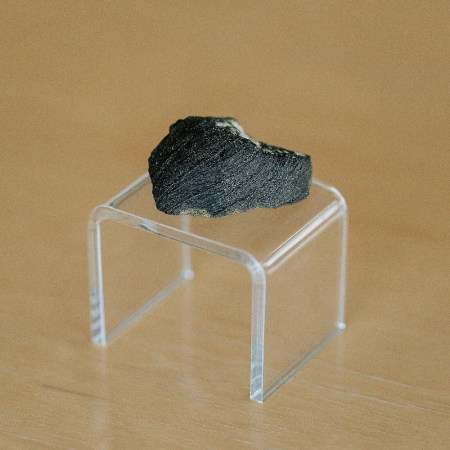Before using your computer’s excess processing capacity was a means by which you could earn money mining cryptocurrency, there were other things you could get your computer to do in its idle hours. Chief among these was SETI@home — an initiative that’s been around since 1999. A 2019 article at The Ringer explored its importance and significance. The idea originated in the mid-90s with a man named David Gedye:
Gedye thought using computers to comb through data recorded by radio telescopes in search of signals sent by intelligent extraterrestrial life would both appeal to the public and demonstrate the potential for public participation to boost the scientific community’s processing power.
And for the last twenty-plus years, that’s been exactly what it’s done. But now, the search for alien life is currently on hold while the data it’s accumulated is being reviewed. Dennis Overbye at The New York Times has the details. The announcement came on March 2nd:
On March 31 the program will stop sending out data and go into “hibernation.” The team, they explained, needs time to digest its decades of findings.
As WIRED noted when the initial announcement came, this doesn’t mean SETI@home’s work is done. Instead, it’s taking on a different dimension. At its peak, its network spanned 2,000,000 computers; these days, it’s closer to 100,000. And, as Overbye phrases it, “after 21 years, the team doesn’t yet know whether their screen saver recorded any alien signals.”
All of which means that the data accumulated by SETI@home might well turn up something groundbreaking and transformative for human society. Alternately, traces of life elsewhere in the universe might prove elusive. Space is vast, after all, and there’s no telling what might be out there, broadcasting a message out into the cosmos.
Subscribe here for our free daily newsletter.
Thanks for reading InsideHook. Sign up for our daily newsletter and be in the know.












![[L-R] Bill Berry, Michael Stipe, Mike Mills and Peter Buck of R.E.M. at the Aragon Ballroom in Chicago, Illinois on July 7, 1984.](https://www.insidehook.com/wp-content/uploads/2024/12/rem-book-interview.jpg?resize=750%2C750)





